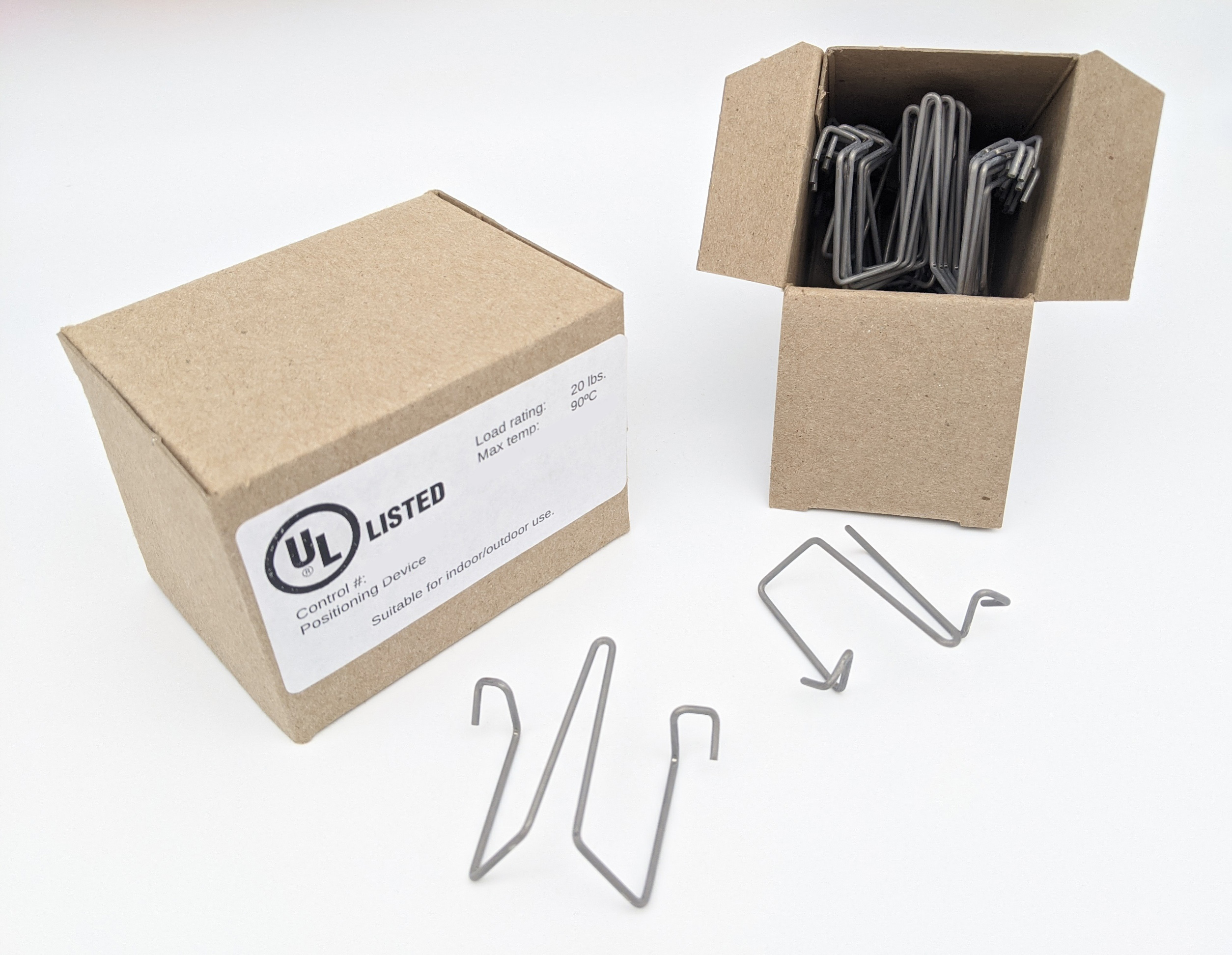Get unique, complex parts easily. No matter your requirements, Chaoyi Spring creates hard-to-produce coil springs and wire forms.
Let us help you create the custom wire form you need, from S-hooks and J-hooks to utility hooks and more.
We work closely with customers across a wide range of industries, helping them design and manufacture made-to-order parts.
Why choose Chaoyi Spring? We prioritize customer-focused collaboration, modern equipment and the latest technology to make your parts per print.
Find the information and guidance you need, from measuring a spring to learning about materials, placing an order and much more.
Compression springs are essential components in countless mechanical systems, from automotive suspensions to household appliances. Their ability to store and release mechanical energy makes them indispensable for a wide range


Compression springs are essential components in countless mechanical systems, from automotive suspensions to household appliances. Their ability to store and release mechanical energy makes them indispensable for a wide range of applications. Designing compression springs effectively involves a thorough understanding of spring materials, geometry, load requirements, and manufacturing processes. This article delves into the intricacies of compression spring design, exploring key considerations and providing practical insights to ensure optimal performance and longevity.

Compression springs are helical springs that are designed to resist compressive forces. When a force is applied to the spring, it compresses, storing potential energy. Upon release, the spring expands, releasing the stored energy and returning to its original length. This fundamental principle forms the basis for countless applications in various industries.
Designing a compression spring involves considering several critical parameters that determine its performance and suitability for a particular application. The key design parameters include:
The spring rate (k) is a crucial parameter that defines the force required to compress the spring by a unit distance. It can be calculated using the following formula:
k = (Gd^4) / (8D^3n)
where:
Compression springs are subjected to cyclic stresses during operation. It's crucial to ensure that the spring material has sufficient fatigue strength to withstand these stresses without failure. Stress calculations are essential to determine the maximum allowable force and compression before the spring reaches its fatigue limit. Factors such as stress concentration at sharp corners and the spring's operating environment can significantly affect fatigue life.
The end configurations of compression springs play a vital role in how they are mounted and interact with other components. Common end types include:
Compression springs are typically manufactured using cold coiling processes. This involves winding wire around a mandrel, followed by heat treatment to enhance the spring's properties. Precision coiling techniques ensure that the spring meets the desired tolerances and quality standards. Other manufacturing methods like machining and hot coiling are used for springs with complex shapes or larger sizes.
Compression springs find widespread use in countless applications, including:
Optimizing compression spring design for specific applications is essential for maximizing efficiency and longevity. Key considerations include:
Numerous software tools are available to aid in compression spring design, streamlining the process and ensuring accuracy. These tools can perform calculations, generate drawings, and provide insights into spring performance. Some popular options include:
Compression spring design is a multifaceted process that requires careful consideration of various parameters. A thorough understanding of spring materials, geometry, load requirements, and manufacturing processes is essential to ensure optimal performance and longevity. By applying the principles outlined in this article and leveraging the available software tools, engineers can design compression springs that meet the demanding needs of modern applications. Whether it's in the automotive, household, industrial, medical, or aerospace sectors, compression springs continue to play a vital role in countless mechanical systems, contributing to their efficient and reliable operation.
As we conclude our exploration of compression spring design, it becomes evident that these seemingly simple components are vital for the smooth functioning of countless mechanical systems. From automotive suspensions to household appliances, compression springs underpin a wide range of applications, showcasing their remarkable versatility and efficiency. By understanding the key design parameters, material considerations, and manufacturing processes, engineers can create compression springs that meet the specific requirements of their applications, ensuring optimal performance and longevity. Whether it's for shock absorption, force application, or energy storage, compression springs continue to play a critical role in the world of engineering, contributing to the reliable operation of countless products and systems.
Browse some of the custom wire forms and springs that we manufacture. Don’t see what you need? We specialize in made-to-order products that meet your application requirements.
Visit Our GalleryNeed a custom wire form or coil spring? We make it work. Fill out the contact form and a representative will respond within 1 business day. If you have a PDF or CAD file, you can submit to request a quote.